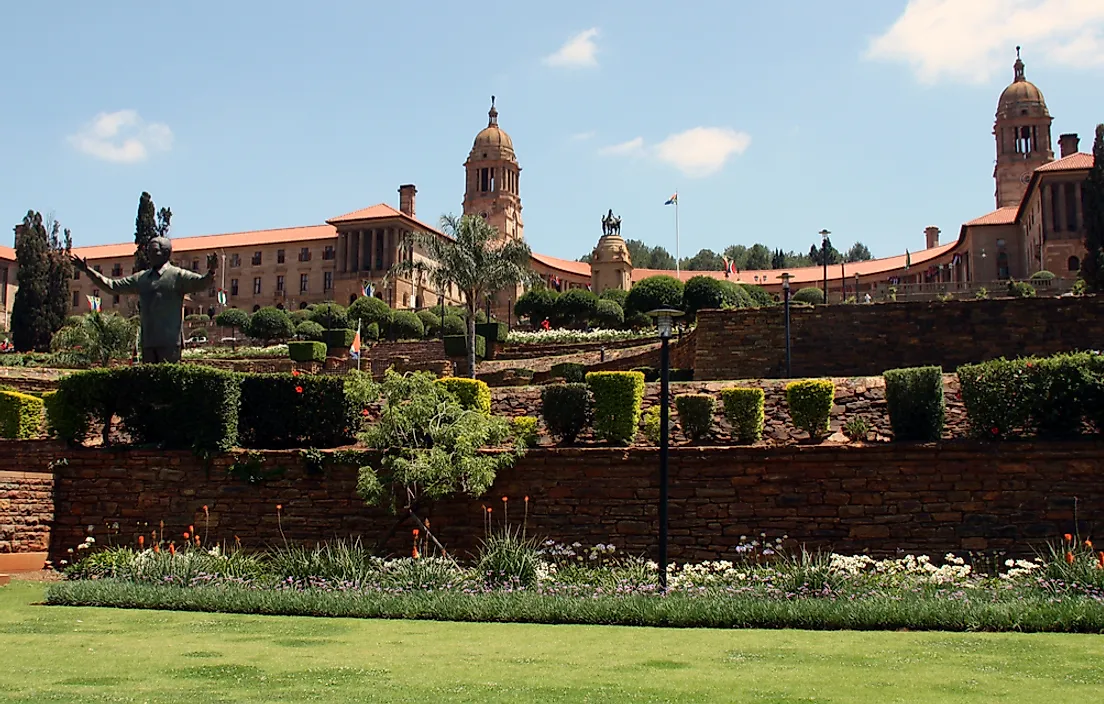What Type Of Government Does South Africa Have?

Government Of South Africa
The government of South Africa operates under a parliamentary system as a representative democratic republic. This government framework means that the general population elects individuals to represent their interests. This country is led by the President, who is both the Head of State and the Head of Government. According to the Constitution, the government of South Africa is divided into 3 branches: executive, legislative, and judicial. This article takes a closer look at each one.
Executive Branch Of The Government Of South Africa
The executive branch of government is made up of the President, the Deputy President, and the Cabinet of Ministers.
The President is elected by the members of the National Assembly, which makes up part of the legislative branch. During the presidential election, the candidates must hold seats within the National Assembly. These seats are forfeited upon election in order to serve the 5-year term as President. The presidency is limited to 2 terms. The responsibilities of this position include: acting as a national leader under constitutional guidelines, standing as Commander-in-Chief of the military, and appointing the Cabinet of Ministers and justices of the highest courts. Additionally, the President signs bills into law, has veto power, and negotiates international treaties.
The Deputy President has presidential powers within the country when the President is traveling abroad or is otherwise indisposed. The person in this position is appointed by the President and is also a member of the Cabinet of Ministers and the National Assembly. In addition, the Deputy President acts as an executive advisor and provides public explanations of legislation and administrative policies.
The Cabinet of Ministers consists of the heads of various executive-level, governmental departments. Each minister is appointed by the President and selected from the members of the National Assembly. Two individuals may be selected from outside of the legislative branch. Some of the ministries include: Communication, Finance, Environmental Affairs, Mineral Resources, and Public Works.
Legislative Branch Of The Government Of South Africa
The legislative branch of government is a bicameral Parliament, made up of the National Assembly and the National Council of Provinces. Each body works together to draft and approve new legislation, which is to be carried out by the executive branch.
The National Assembly has 400 members, who are elected by the general population on the basis of proportional representation from both a national list and lists from the 9 provinces. Each member serves a 5-year term. Currently, the African National Congress political party holds the majority with 249 seats.
The National Council of Provinces is considered the upper house of Parliament. It consists of 90 seats, which represent the interests of provincial level governments. The general public first elects a body of legislatures at the provincial level. These provincial legislatures then select 10 individuals to serve on the National Council. Each province has 10 representatives, independent of the population size.
Judicial Branch Of The Government Of South Africa
The judicial branch of government works independent of the legislative and executive branches. It comprises the judiciary system of the country, which is responsible for interpreting the law when there are disputes and ensuring that law is carried out. Four tiers of judicial bodies make up this branch: the Magistrates Courts, the High Courts, the Supreme Court of Appeals, and the Constitutional Court. The Supreme Court acts as the final appeals court for non-Constitutional issues and the Constitutional Court oversees issues concerning the interpretation of the Constitution.











